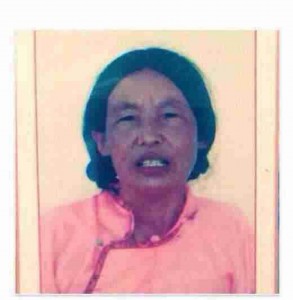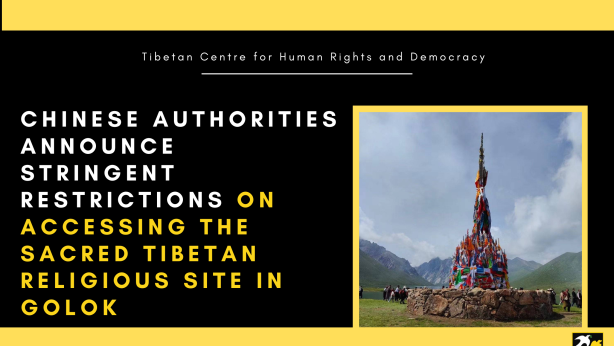Tibetan mother dies in self-immolation protest: Body quickly cremated for fear of seizure by police

A mother of three died of self-immolation protest and was cremated in rush for fear of the body’s seizure by local Chinese police in Tibet.
Norchug, 47, set herself alight in protest and died on the evening of 5 March which coincided with Chotrul Duechen (Butter Lamp Festival), one of the four Tibetan Buddhist festivals commemorating the events in the life of the Buddha, a source with contacts in Tibet informed TCHRD.
“Norchug staged the peaceful protest of self-immolation against repressive policies of the Chinese government and to call for religious and political freedoms for Tibetan people,” the source told TCHRD.
A resident of Dowa Village in Trotsig Township of Ngaba County, Norchug staged the self-immolation protest in Ngaba County town in Ngaba (Ch: Aba) and Qiang Tibetan Autonomous Prefecture (Sichuan Province), in the Tibetan province of Amdo.
According to the source, local police who have been quick to snatch away self-immolators’ bodies were unable to do so in Norchug’s case since the self-immolation occurred at evening-time. She was quickly cremated early morning the next day on 6 March, as local Tibetans feared that the police would catch up and take away her body.
Norchug is survived by her husband, Paltsel; son, Phuntsok; daughters, Mang-ga and Tsezin Kyi; and her parents, Tsedag and Woedon.
Little is known about Norchug except that some years ago, she turned vegetarian as part of her long-life prayer offering for the Dalai Lama. She vowed to give up eating meat after attending a prayer ceremony at the local Diphu Monastery in her village.
Since the latest self-immolation, security build-up has intensified with the deployment of additional security forces in Ngaba County.
Tibetan women are increasingly taking part in self-immolation protests. Tsering Wangmo, 20, a nun from Ngaba County, became the first Tibetan woman to self-immolate in October 2011. A total of 23 Tibetan women have self-immolated since then, out of which seven are nuns and the rest are laywomen including students, widow and mothers.


